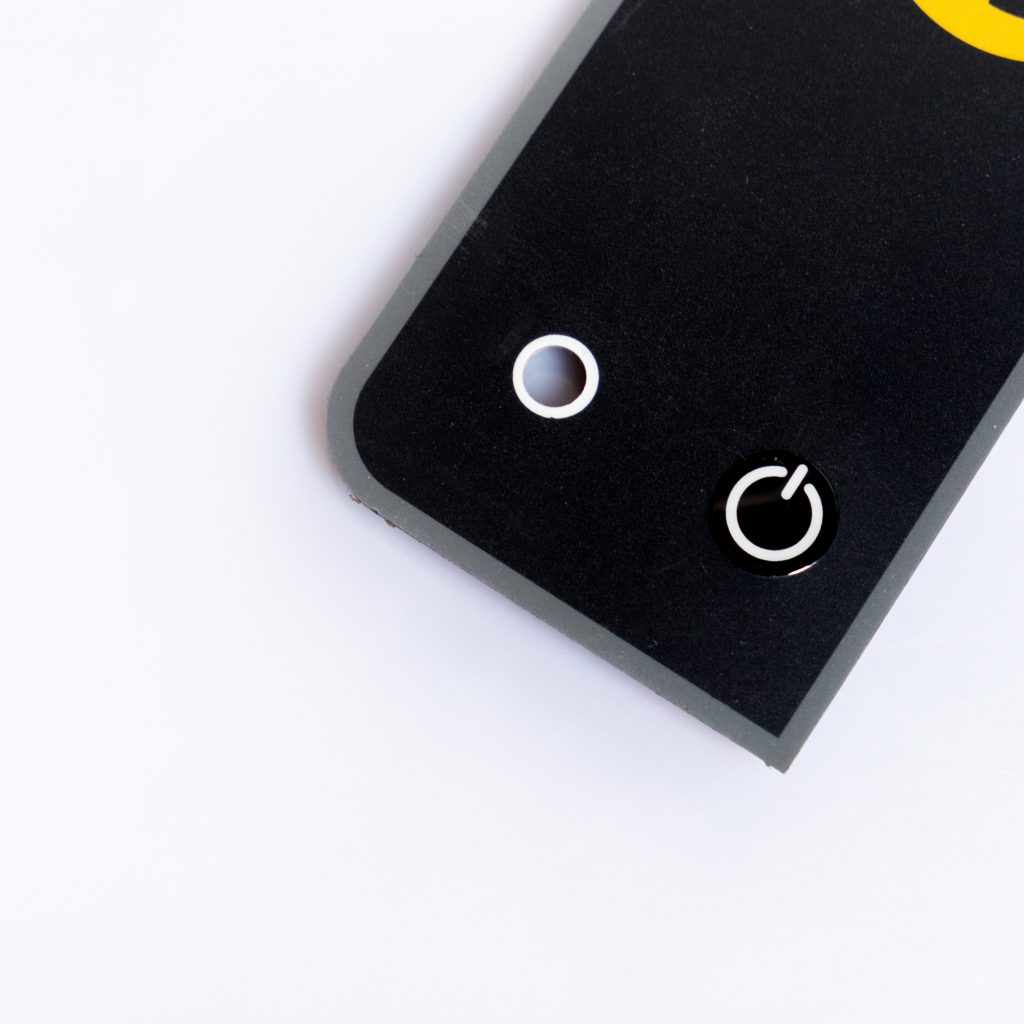Contact
Write to Us And We Would Be Happy to Advise You.
Do you have any questions, or would you like to speak directly with a representative?
By hqt
In the world of lighting, innovation plays a vital role in enhancing user experience and functionality. One such innovation is the application of membrane switches in lamps and lanterns. A membrane switch is a user interface that provides a seamless and intuitive control mechanism. When integrated into lamps and lanterns, membrane switches offer numerous benefits, including improved functionality, ease of use, and sleek design. In this article, we will explore the application of membrane switches in lamps and lanterns and delve into their advantages.



Enhanced Functionality
The integration of membrane switches in lamps and lanterns adds a new level of functionality. Membrane switches can incorporate various control features such as on/off buttons, dimming controls, color temperature adjustment, and even programmable settings. These features allow users to easily control and customize the lighting according to their preferences, creating a more personalized and convenient lighting experience.
User-Friendly Interface
Membrane switches provide a user-friendly interface that simplifies the operation of lamps and lanterns. With their sleek design and tactile feedback, membrane switches offer intuitive control mechanisms. The buttons and touch-sensitive panels make it easy for users to navigate through different lighting settings and adjust parameters effortlessly. The responsive nature of membrane switches enhances the overall user experience and ensures seamless interaction with the lighting device.
Space-Efficient Design
The slim and compact design of membrane switches makes them an ideal choice for lamps and lanterns. Traditional switches and knobs can take up valuable space on the device, limiting the overall design possibilities. In contrast, membrane switches are thin and flexible, allowing for greater design freedom and compact integration. Their low-profile nature enables manufacturers to create sleek and aesthetically pleasing lamps and lanterns while maintaining optimal functionality.
Durability and Longevity
Membrane switches are highly durable and can withstand frequent use and environmental factors. This durability makes them well-suited for lamps and lanterns, where they may be subjected to repeated handling and exposure to dust, moisture, or other contaminants. The robust construction of membrane switches ensures longevity, minimizing the need for frequent replacements and enhancing the overall reliability of the lighting device.
Customizability
One of the significant advantages of membrane switches is their ability to be customized according to specific requirements. Manufacturers can tailor the design, layout, and labeling of the membrane switch to align with the branding and user interface of the lamp or lantern. This customization allows for seamless integration of the switch into the overall design aesthetics, creating a cohesive and visually appealing product.
Cost-Effective Solution
Incorporating membrane switches in lamps and lanterns can offer cost-effective solutions for manufacturers. Compared to traditional mechanical switches, membrane switches are often more affordable to produce. Their simplified design and manufacturing process can contribute to cost savings without compromising on functionality or durability. Additionally, the longevity and reliability of membrane switches reduce maintenance and replacement costs over time.
Touch-sensitive Dimming Control
Membrane switches can be used as touch-sensitive dimming controls in lamps and lanterns. By simply touching or sliding a finger across the membrane switch, users can adjust the brightness level of the light to create the desired ambiance. This feature provides convenience and flexibility in controlling the lighting intensity without the need for additional physical buttons or knobs.
Color Temperature Adjustment
In certain lighting applications, such as smart lamps or mood lighting, the ability to adjust the color temperature is crucial. Membrane switches can incorporate color temperature adjustment controls, allowing users to switch between warm and cool lighting tones. This feature enables users to create different atmospheres or adapt the lighting to specific activities or time of day.
Programmable Lighting Settings
Membrane switches can be programmed to offer preset lighting settings in lamps and lanterns. Users can select from various predefined lighting scenes or moods, such as reading, relaxation, or task lighting. This feature eliminates the need to manually adjust multiple parameters each time, providing quick and convenient access to preferred lighting configurations.
On/Off and Sleep Mode Controls
Basic on/off controls are essential in lamps and lanterns, and membrane switches can provide seamless operation for these functions. The tactile feedback of the switch ensures that users can easily turn the light on or off with a simple press. Additionally, sleep mode controls can be integrated into membrane switches, allowing users to set a timer for the light to automatically turn off after a specified period, promoting energy efficiency.
The application of membrane switches in lamps and lanterns offers a range of benefits, including enhanced functionality, user-friendly interfaces, space-efficient design, durability, customizability, and cost-effectiveness. Membrane switches provide seamless control mechanisms and can be tailored to specific design requirements. From touch-sensitive dimming controls to color temperature adjustment and programmable settings, membrane switches enhance the user experience and simplify the operation of lamps and lanterns. As the lighting industry continues to evolve, membrane switches play a significant role in creating innovative and user-centric lighting solutions.
Do you have any questions, or would you like to speak directly with a representative?